1. Flipped Class
1.1. Collaboration
1.1.1. collaboration can occur face-to-face in classroom
1.1.2. collaboration outside of the classroom can occur online
1.2. Pros
1.2.1. students can access content at own pace and time
1.2.2. class time is used to reinforce content, rather than 'teach it' by direct instruction
1.3. Cons
1.3.1. students are required to complete homework
1.3.2. accessibility of content is dependent on outside tech resources of student
2. computer lab
2.1. Collaboration
2.1.1. interaction is through online discussion, not face-face
2.1.2. student interacts 1-on-1 with computer
2.1.3. student-student interaction occurs through video conference or written dialogue
2.2. Pros
2.2.1. good for individual pacing, research
2.2.2. caters to individual students' needs
2.2.3. teacher can circulate to facilitate learning as needed
2.3. Cons
2.3.1. limited face-to-face interaction
2.3.2. dependent on computer speed, OS, connectivity
3. Tablet
3.1. Collaboration
3.1.1. students can interact in groups or pairs with tablet
3.1.2. mixed collaboration of face-to-face or through device
3.2. Pros
3.2.1. touch-screen capability, visually and kinesthetically appealing for students who are not fast typists
3.2.2. tablet apps can be engaging and interactive
3.3. Cons
3.3.1. limited by functionality of tablet apps, iOS
3.3.2. no keyboard, makes typing large amount of text difficult
4. 1 computer class
4.1. Collaboration
4.1.1. interaction is face-to-face
4.1.2. computer is used for demo or aux resource
4.2. Pros
4.2.1. teacher can demo a resource or website without students distracted by own device
4.2.2. good for whole-class discussion or demo
4.3. Cons
4.3.1. limits student interaction with computer
4.3.2. limited pacing (determined by teacher), not individualized
5. NO computers (by design)
5.1. Collaborations
5.1.1. interaction w/students is face/face
5.1.2. not dependent on tech systems
5.2. Pros
5.2.1. instruction is based on teacher-student or student-student interaction
5.2.2. may encourage other non-technical skills
5.3. Cons
5.3.1. interactive, online tools not accessible
5.3.2. Students may be tempted to use own device
6. BYOD
6.1. Collaboration
6.1.1. interaction is face-to-face or through devices
6.1.2. students may be interacting primarily through device, typically through their device of choice
6.2. Pros
6.2.1. students have familiarity with own devices, no need to teach usage of device
6.2.2. school resources not needed, classroom tech needs not dependent on school funds/resources
6.3. Cons
6.3.1. students risk losing or abusing their own device, may be off task
6.3.2. different iOS or device capabilities can limit functions

